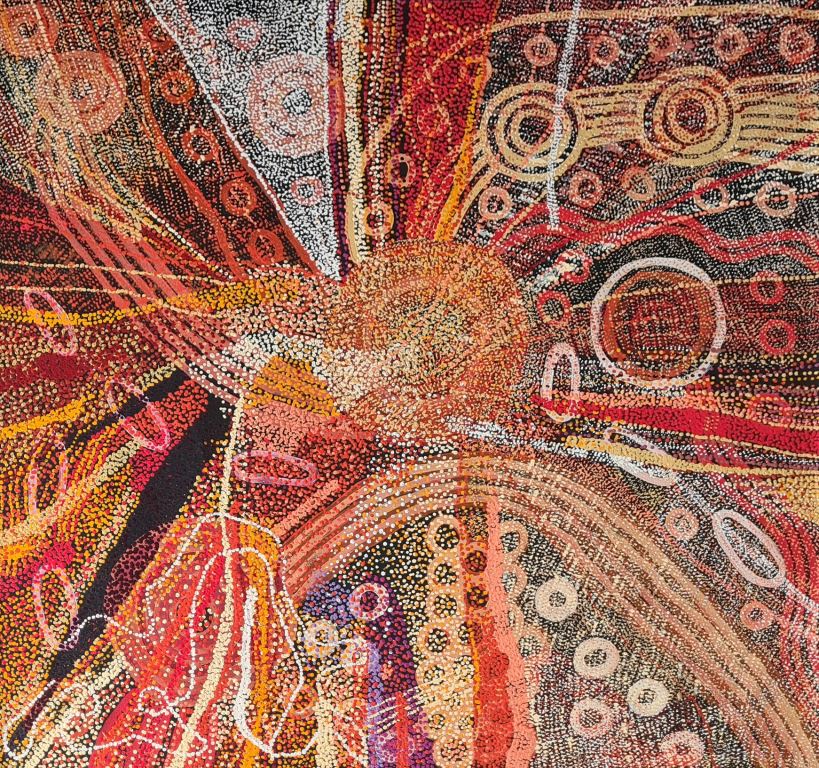According to Knight Frank’s latest instalment of The Wealth Report Series, art has not only outpaced other luxury collectibles but has also demonstrated remarkable resilience and appreciation over the past year.
Knight Frank’s Luxury Investment Index (KFLII), which tracks a weighted basket of ten luxury collectibles, highlighted art as the top performer as of June 30 this year, boasting a substantial 30% growth over the preceding 12 months. This achievement underscores art’s allure as a stable yet lucrative investment avenue amid fluctuating economic conditions and market uncertainties. The Art Market Research’s All Art index specifically contributed to this robust performance, reflecting a broader trend of increasing investor confidence and appreciation in the art market.
A notable trend within the art market is the rising prominence and value of artworks created by female artists. Over the past decade, art by female artists has seen an impressive 109% rise in value, underscoring a significant shift towards inclusivity and recognition within the traditionally male-dominated art world. This surge not only reflects changing cultural attitudes but also amplifies the market’s responsiveness to diverse artistic voices and narratives.
In Australia, Indigenous art continues to captivate both domestic and international audiences, with a strong following in the United States as well. This genre’s profound cultural significance coupled with its aesthetic appeal has positioned it as a highly sought-after segment within the broader art market. The popularity of Indigenous art highlights a growing appreciation for cultural diversity and storytelling in contemporary art collecting.

Now, while art takes the lead, other luxury assets such as watches and jewellery have also shown notable growth, each recording a respectable 10% increase according to the KFLII. Despite a modest 7% rise in the index overall, these tangible assets have maintained substantial interest among ultra-high net worth individuals (UHNWIs), reflecting a continued preference for investments that offer both aesthetic pleasure and enduring value.
However, the recent report from Knight Frank indicates that while the overall index showed a slight increase, the growth rates varied across different asset classes. Prime residential prices in Australia grew by 1.7%, while gold and the S&P ASX200 index saw increases of 5% and 9.7%, respectively. This diversity in growth rates underscores the importance of diversified investment strategies tailored to individual risk tolerance and financial goals.
All in all, as global financial markets navigate uncertainty, tangible assets like art continue to shine brightly in the portfolios of investors seeking stability and growth. The surge in art’s popularity, driven by strong performance metrics and increasing diversity in artistic representation, reaffirms its enduring appeal among collectors and investors alike. The art market’s resilience and ability to adapt to evolving trends promise continued opportunities for those keen on combining passion with sound investment principles in the pursuit of lasting wealth and cultural enrichment.